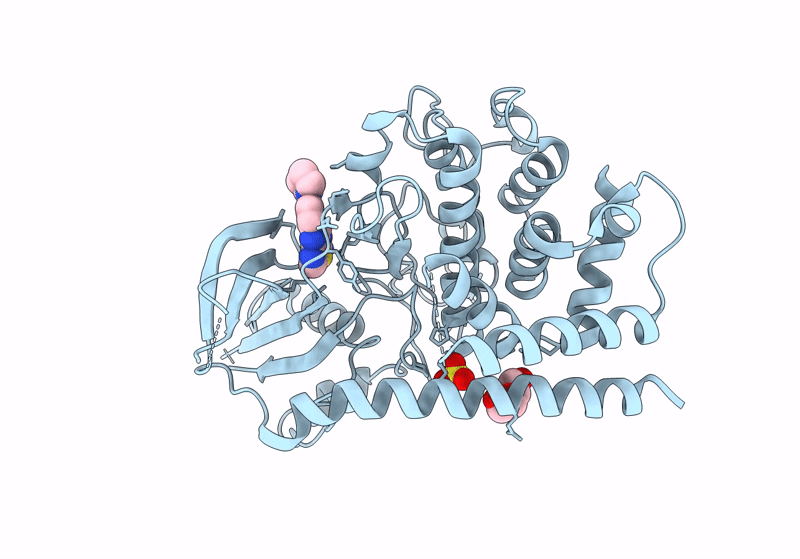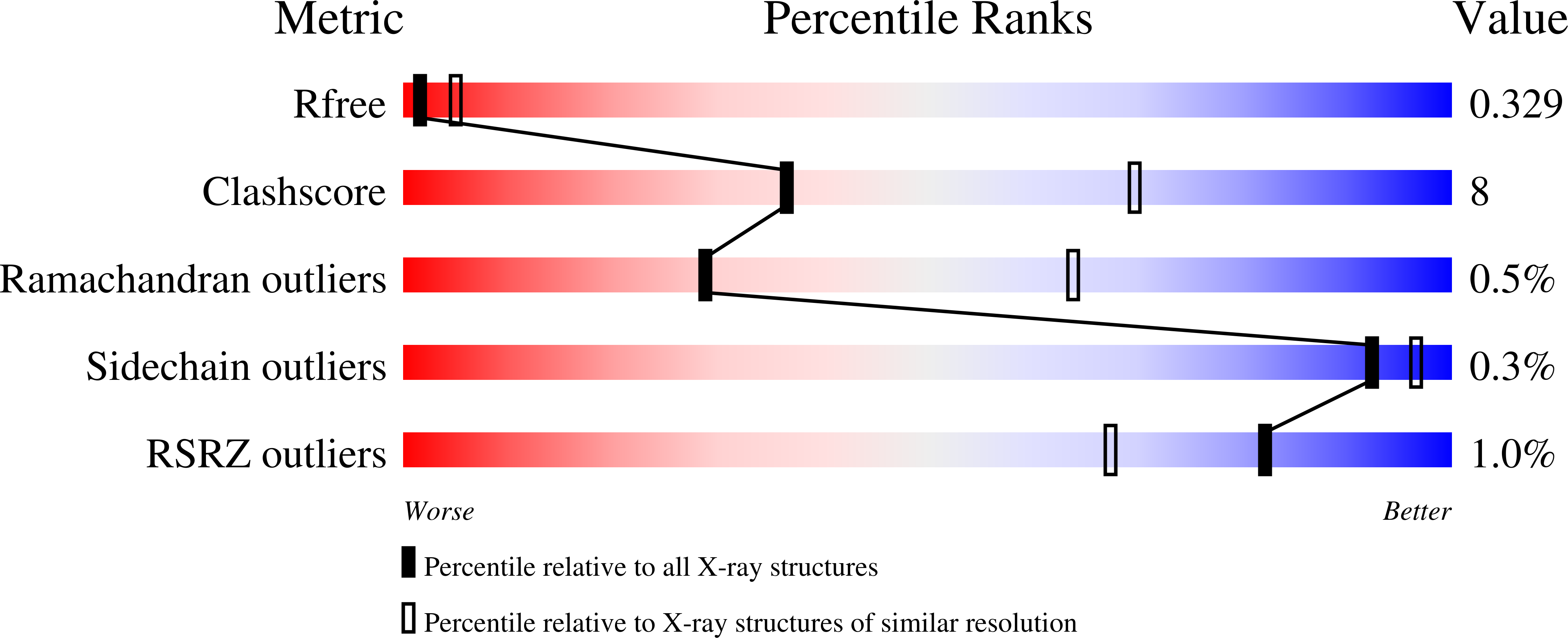
Deposition Date
2023-09-28
Release Date
2024-04-17
Last Version Date
2024-10-30
Entry Detail
Biological Source:
Source Organism:
Tribolium castaneum (Taxon ID: 7070)
Host Organism:
Method Details:
Experimental Method:
Resolution:
3.10 Å
R-Value Free:
0.32
R-Value Work:
0.25
R-Value Observed:
0.25
Space Group:
P 61 2 2


